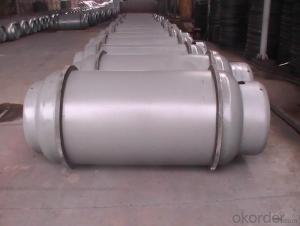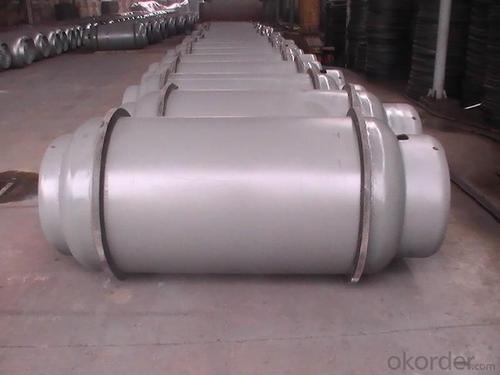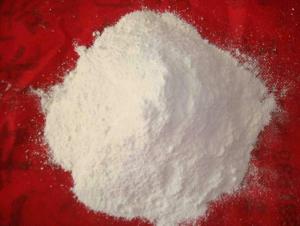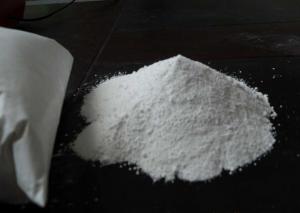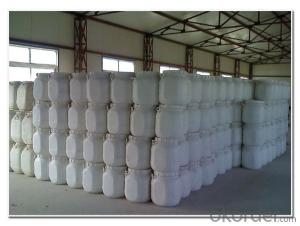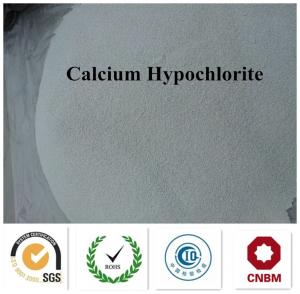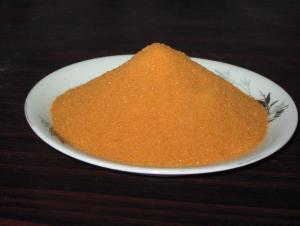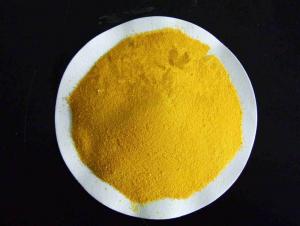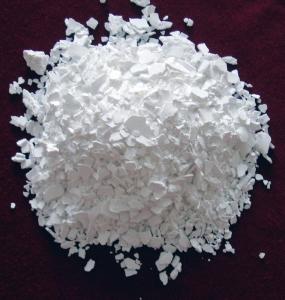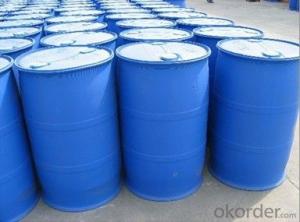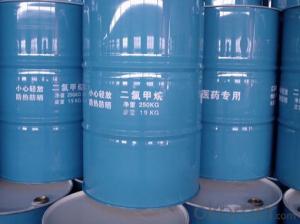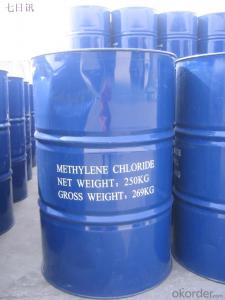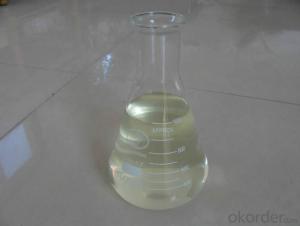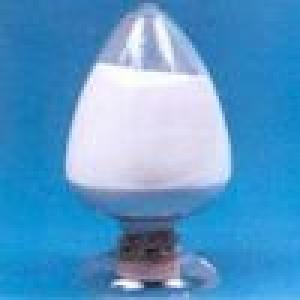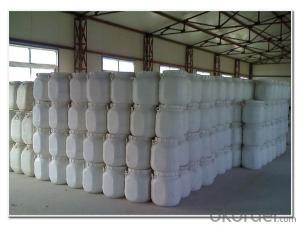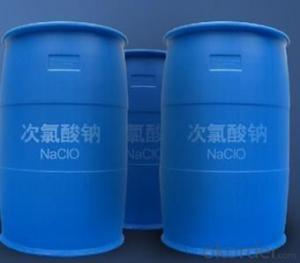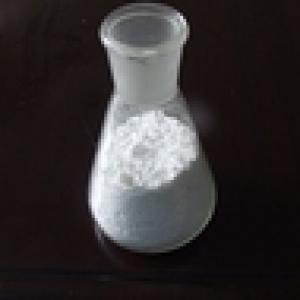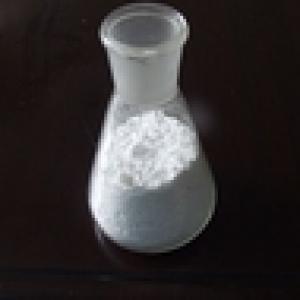Methyl Chloride
- Loading Port:
- Shanghai
- Payment Terms:
- TT OR LC
- Min Order Qty:
- -
- Supply Capability:
- 10000MT m.t./month
OKorder Service Pledge
OKorder Financial Service
You Might Also Like
Methyl Chloride | |||||||||||||||||||||
|
Packaging & Delivery
| Packaging Detail: | 1000L ISO-Tank; Refillable cylinder: 118L, 400L, 800L, 926L |
| Delivery Detail: | Within 15 days after receiving deposit |
Application
The chloromethane is a kind of key methylating agent mainly for producing methyl chloride silence, tetramethyl-lead and methyl cellulose. It can also be used to make dichloromethane, chloroform, carbon tetrachloride and methyl chloride silane, and furthermore as the solvent for refrigerants, foaming agents, rubbers, resins and organic compounds. It is widely adopted as the solvent, extracting agent, propellant and refrigerant as well. In the medical application, it can be used for local anaesthetization, and in a few cases, it is used for producing quats and pesticides, and as the solvent for isobutyl rubber.
- Q: What foods contain inorganic salts?
- Kelp, jellyfish, seaweed, moss; bones, soy products, lean meat, animal liver, brown rice
- Q: Are fruits and vegetables inactive?
- Inorganic salts are inorganic compounds in the salt, formerly known as minerals, the body has found more than 20 species, including constant elements of iron, zinc, selenium, molybdenum, chromium, cobalt, iodine 8. Apple, pipa, durian, citrus, Watermelon, kumquat, peanuts, I know so much. Oh, there are: lotus lotus which contain inorganic salts
- Q: Can you please help me with this question and give me a website reference.
- Many of these materials enter the water through natural channels---minerals, salts and the like come from exposure to rocks, dirt and other inorganic materials.
- Q: Why is the inorganic salt left after the burning of the food
- Food contains protein, fat, inorganic salts and water and other substances in the process of combustion in addition to inorganic salts and the rest of the water are burned, and water in the combustion process evaporates. So take the only inorganic salt.
- Q: What are the physiological functions of inorganic salts
- Maintain the life of cells and organisms
- Q: Liver cancer diet should pay attention to what issues?
- Inorganic salts: minerals. Nutritionists divide inorganic salts into two categories: constant elements such as calcium, sodium, potassium, phosphorus, iron and the like; trace elements such as selenium, zinc, iodine, copper, manganese and germanium. Scientists have found that selenium, magnesium, copper, magnesium, iron and other minerals have anti-cancer effect. Liver cancer patients should eat more foods containing anti-cancer trace elements such as garlic, mushrooms, asparagus, corn, seaweed, seaweed, seaweed, clams, sea fish, egg yolk, brown rice, beans, whole wheat flour, nuts, pumpkin, , Kohlrabi and animal liver, kidney and ginseng, medlar, yam, Ganoderma lucidum and so on.
- Q: Inorganic salt function
- Although inorganic salts in the cell content is relatively small, but there are many important role.
- Q: I had asked a similar question on GC operation last week, but for different kinds of compounds.For my biochem research project at school, I'm testing the ability of a species of bacteria to biodegrade alcohols found in gasoline (methanol, ethanol, isopropyl, tert-butyl and cyclohexanol). The bacteria is growing in a solution of minute amounts of alcohols and Mineral Medium, which is basically just water and dissolved inorganic salts (CaCl2, KH2PO4, NH4NO3 and MgSO4).I know GC's are primarily used to separate organic mixtures. Can a GC separate organic compounds dissolved in salt water? Is it safe to put salt water in a GC? Or would I have to do an extraction to separate the alcohols and run the organic extract through the GC?
- Do not let salts enter the GC. You will have to perform an extraction step and run that. Salts can precipitate in the column or degrade into reactive species that can corrode the GC. Water is OK since it will not destroy the column (I've run aqueous solutions before), but salts are not.
- Q: ATP components are not inorganic salts
- Of course not pulling, because ATP is decomposed by glucose to get energy that is ATP and salt and water.
- Q: As if there are two kinds of nitrogen, phosphorus and potassium, hoping to get answers and explain their respective roles
- (N) Nutrition: Nitrogen is necessary for the growth and development of plants. Usually, the total amount of nitrogen in plants is not too high, such as 1.0-2.0% of the whole plant. The plant is a plant with high nitrogen content, and the nitrogen content in the plant leaves is about 3.5-5.0% of its dry weight.The nitrogen is mainly absorbed in the form of ammonium nitrogen and nitrate nitrogen, and some small molecules of organic nitrogen Such as urea can also be absorbed by plants.Now is the main component of protein, accounting for about 16-18% of the protein content in the cytoplasm and the nucleus are containing all the enzymes are also the main body of the protein.In addition, the nucleic acid, Phospholipids, chlorophyll, coenzyme and other compounds contain nitrogen
Send your message to us
Methyl Chloride
- Loading Port:
- Shanghai
- Payment Terms:
- TT OR LC
- Min Order Qty:
- -
- Supply Capability:
- 10000MT m.t./month
OKorder Service Pledge
OKorder Financial Service
Similar products
Hot products
Hot Searches
Related keywords
